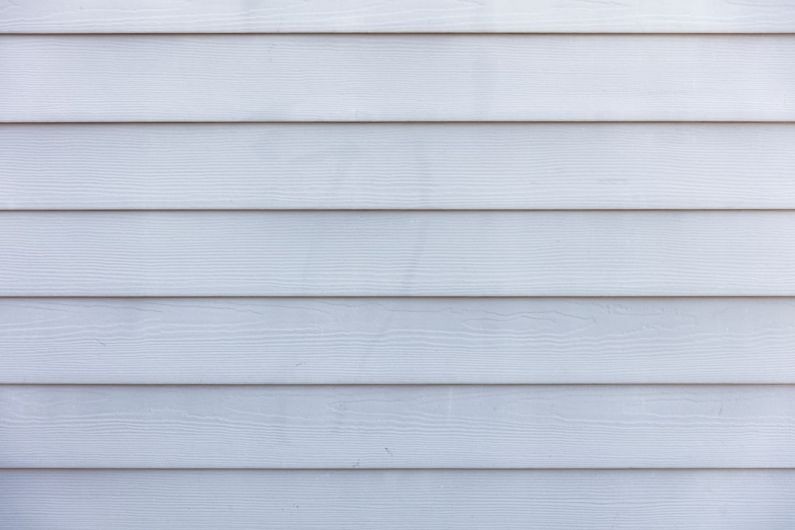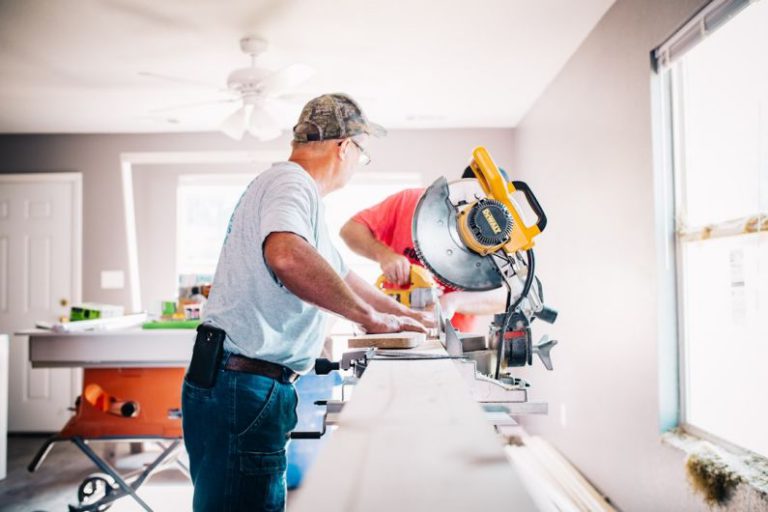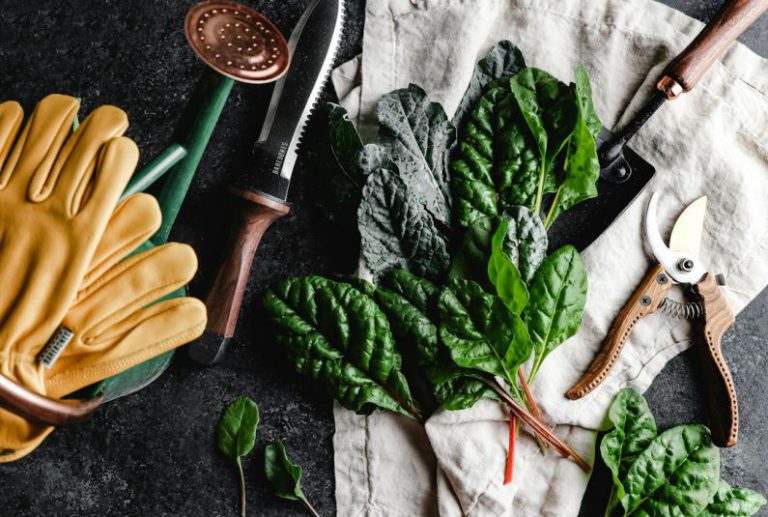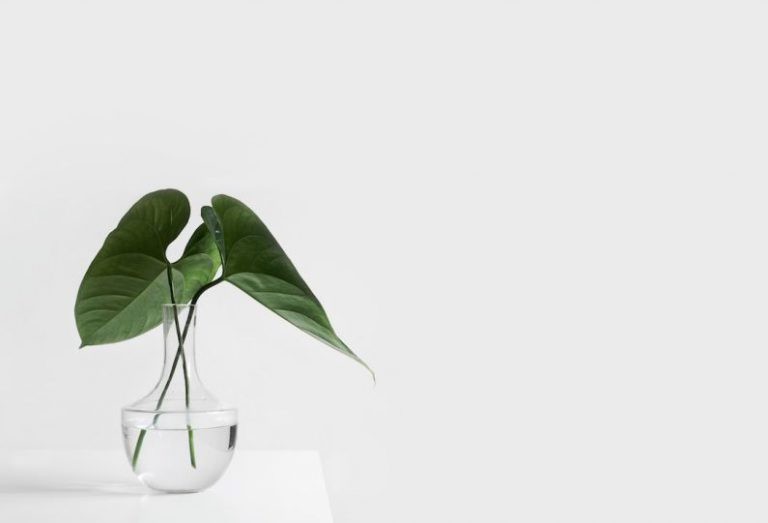How to Care for Your Home’s Exterior Siding?
Your home’s exterior siding plays a crucial role in protecting your property from the elements and enhancing its overall aesthetic appeal. However, over time, your siding can become dirty, damaged, or worn out. To maintain its durability and attractiveness, it is important to regularly care for and maintain your home’s exterior siding. In this article, we will discuss some essential tips and techniques to help you effectively care for your home’s exterior siding.
Inspect Your Siding Regularly
Regular inspections are key to identifying any signs of damage or wear and tear on your siding. By identifying issues early on, you can address them promptly, preventing further damage and costly repairs. During your inspection, look for any cracks, holes, warping, or discoloration. Additionally, check for signs of mold or mildew growth, as these can compromise the integrity of your siding. If you notice any issues, consider hiring a professional to assess the damage and provide appropriate repairs or replacements.
Clean Your Siding
Keeping your siding clean is essential to preserve its appearance and prevent the buildup of dirt, grime, and pollutants. Depending on the material of your siding, different cleaning techniques may be required.
For vinyl siding, a simple mixture of mild soap and water can effectively remove dirt and debris. Use a soft-bristle brush or a sponge to scrub the siding gently. Avoid using abrasive cleaning tools or harsh chemicals, as these can damage the surface of the siding.
Wood siding requires more delicate care. To clean wood siding, use a mixture of water and a mild detergent. Apply the solution using a soft brush or cloth, working in the direction of the wood grain. Rinse the siding thoroughly with water and allow it to dry completely before applying any treatments or finishes.
Fiber cement siding is relatively low-maintenance, but it still requires regular cleaning. Use a soft-bristle brush or a cloth to remove any dirt or stains. Avoid using abrasive cleaners or tools that could scratch the surface.
Inspect and Clean Gutters
Clogged or damaged gutters can cause water to overflow and come into contact with your siding, leading to water damage and potential mold growth. Regularly inspect your gutters for any debris buildup or signs of damage, such as cracks or sagging. Clean out any leaves, twigs, or other obstructions to ensure proper water flow.
Repair and Replace Damaged Siding
If you notice any cracks, holes, or other damage on your siding, it is crucial to address it promptly. Ignoring damaged siding can lead to further deterioration and potentially more costly repairs in the future. Depending on the extent of the damage, you may be able to repair the siding yourself. Small cracks or holes can often be filled with caulk or specialized patching material. However, if the damage is more severe, it is recommended to hire a professional to replace the affected sections or the entire siding.
Protect and Maintain Your Siding
To prolong the lifespan of your siding and maintain its appearance, consider applying a protective finish or sealant. This can help prevent moisture damage, fading, and discoloration. Before applying any treatment, ensure that your siding is clean and dry. Follow the manufacturer’s instructions carefully to ensure proper application and optimal results.
Conclusion
Caring for your home’s exterior siding is essential to maintain its durability and visual appeal. By regularly inspecting, cleaning, and repairing your siding, you can prevent further damage and costly repairs. Remember to use appropriate cleaning techniques and materials for your specific siding material, and consider applying a protective finish to enhance its longevity. With proper care and maintenance, your home’s exterior siding will continue to protect and beautify your property for years to come.






